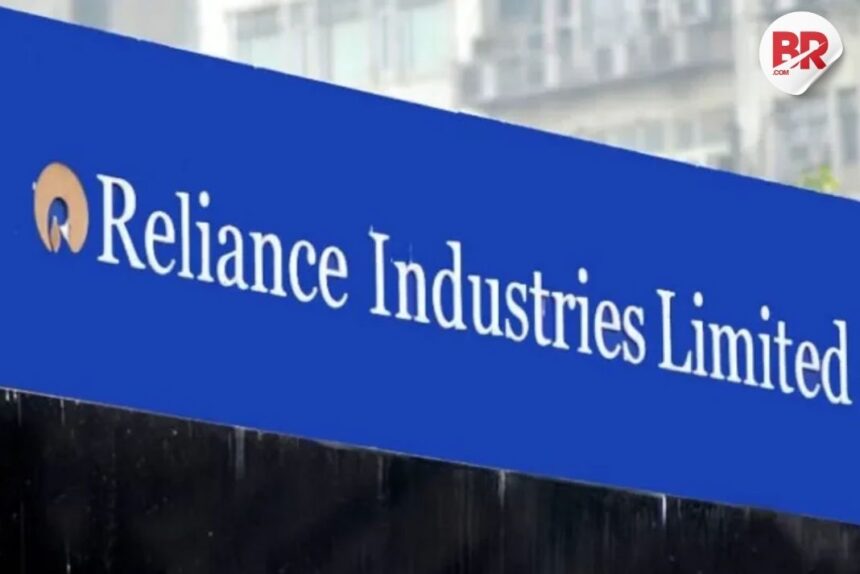
On Monday, Reliance Industries (RIL) shares fell by 3.24% to ₹1,428.20, even though the company reported its highest-ever quarterly profit of ₹30,783 crore for the April–June quarter (Q1FY26).
So, what caused the drop?
Even though the overall profit looked strong, most of it came from a one-time gain of ₹8,924 crore from selling its stake in Asian Paints. Also, lower tax and interest costs helped boost profits.

However, when looking deeper into the business performance, especially in key areas like Retail and Oil-to-Chemicals (O2C), many experts found the results disappointing.
Read more: Reliance to Launch ₹83,000 Cr Green Energy Plan in 4–6 Quarters, Say Analysts
What analysts and brokerages said:
- Jefferies said that RIL’s EBITDA (a measure of profitability) was 3% below its estimate. Retail and O2C missed expectations by 4% and 5%, respectively. Still, they kept a Buy rating with a target of ₹1,726.
- Emkay also saw a miss of 5% in EBITDA and 7% in adjusted profit, blaming weak performance in both Retail and O2C.
- Motilal Oswal noted that Reliance Retail’s EBITDA missed their estimate by 7%, with slower revenue growth of 11%, instead of the expected 16%.
- JPMorgan also flagged slower retail growth but still gave an Overweight rating and raised its target price to ₹1,695.
- Nuvama pointed out that planned shutdowns and maintenance work affected O2C output. But they’re hopeful that global refining margins (profit from refining crude oil) will improve.
Bright spot: Reliance Jio
Unlike Retail and O2C, Reliance Jio performed well:
- EBITDA rose by 5%, beating estimates.
- ARPU (Average Revenue Per User) grew to ₹208.8.
- Jio added 9.9 million new users.
Analysts praised Jio’s steady growth and efficient cost management, calling it a strong performer for RIL.
Also Read: Market Recap: Sensex Nears 82,200, Nifty Bank Outperforms
Future outlook:
- Despite short-term challenges, RIL management is still positive about the future.
- They aim to double EBITDA by 2029, with Retail and Jio expected to double their earnings in 3–4 years.
- The focus is also on the new energy business, which could drive long-term growth.
- A 10GW module-to-polysilicon solar facility is expected to add more value by FY26.
Conclusion:
Even though Reliance posted record profits, investors were worried about the weak performance in core business areas like Retail and O2C. Most brokerage firms still believe in the company’s long-term growth, but short-term stock movement may remain flat or slightly negative.












